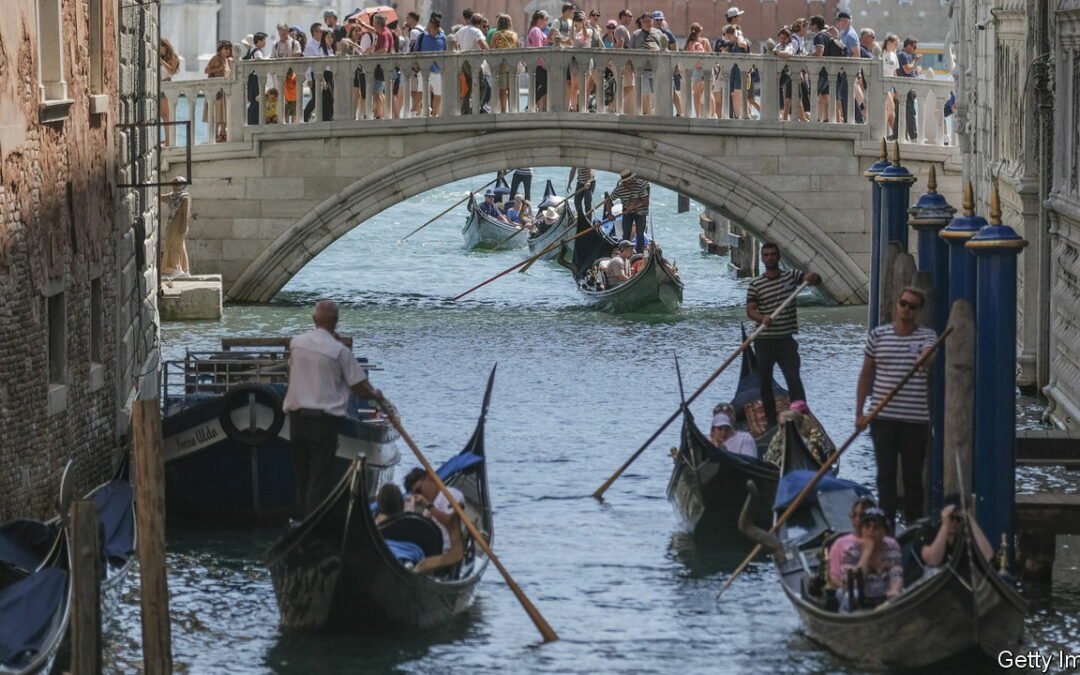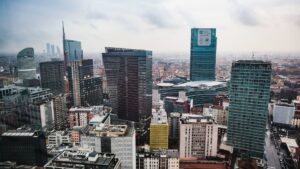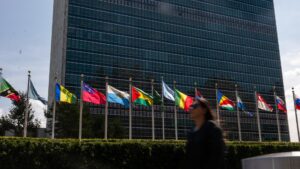A SURGE in holidaymakers at certain locations in recent years has added a word to the English language: overtourism. The idea that beauty spots are being overrun arose well before the pandemic, but the relaxation of covid-19 restrictions made matters worse, and resulted in the coining of another term. “Revenge tourism” refers to the outpouring of millions of people, desperate to travel after two years cooped up. On September 12th the city council of Venice, one of the most-blighted cities, is expected to approve the most drastic response so far: the imposition of a peak-time entrance fee of €5 ($5.40) for day-trippers. What are other places doing?
There are two sorts of difficulty. One comprises locations that are just too pretty for their size. Take Hallstatt, a picturesque lakeside village in Austria. It has 700 inhabitants and up to 10,000 visitors a day. Last month exasperated locals blocked the tunnel that leads to the village. The equally enchanting Boracay in the Philippines tries to squeeze 2m tourists a year into an island of four square miles without ruining it. How? Impossible, it would seem. Such is the stench of uncollected rubbish that in recent months schools have had to close temporarily.
The second kind of flashpoint is the “must-see” site, be it the Acropolis in Athens where this month a limit on the number of visitors takes effect, or the main temple at Angkor Wat, in Cambodia. But even cities like Barcelona or even entire, albeit small, countries like Iceland have seen protests against overcrowding.
Revenge tourism has merely accentuated an existing issue. Several other causes can be identified. First, the growth in tourism from fast-developing, high-population countries. In 2000 just 10.5m Chinese tourists travelled abroad, according to the World Bank. In 2019, the year before China locked down, 154.6m did. India’s outbound market grew from 4.5m to 26.9m over the same period.
Second, an increase in the size of cruise ships, the largest of which carry thousands of passengers. Juneau, the state capital of Alaska, has capped the number of arrivals at five large ships a day; the inhabitants of Bar Harbor in Maine, a gateway to the Acadia national park, hope to impose a more radical limit of 1,000 daily disembarkations.
At the same time sites such as Airbnb have made available vast numbers of additional tourist beds. And social media has popularised to a previously unimaginable extent individual establishments, particularly fast-food outlets. Tourists queuing by the scores to buy a schiacciata, a robust sandwich, from Antico Vinaio in Florence, or the gourmet chips offered by Fabel Friet in Amsterdam, clog the streets, infuriating locals.
Many of the countermeasures introduced so far aim to mitigate the effects of mass tourism, rather than cut their numbers. According to research by Holidu, a holiday-rental agency, Dubrovnik is Europe’s most overcrowded holiday destination. But the Croatian authorities’ only response has been to recommend that visitors deposit their wheelie suitcases before entering the town to reduce noise. Even the Venice initiative will apply only for limited periods.
Why the reticence? Mass tourism brings money. It may also have the indirect effect of reducing complaints, as residents leave, either out of despair or to rent their homes. One potentially constructive approach is to try to spread the tourists more thinly. France has unveiled a plan designed to tempt holidaymakers to less-visited parts of the country. But that is unlikely to appeal to novice tourists who have never been to the Louvre or visited St Tropez. TooLate, a street artist working on the Riviera, offers a more radical solution. He has been building huge rat traps with which to “exterminate” tourists, symbolically at least. The bait is an equally oversized ice cream. ■









